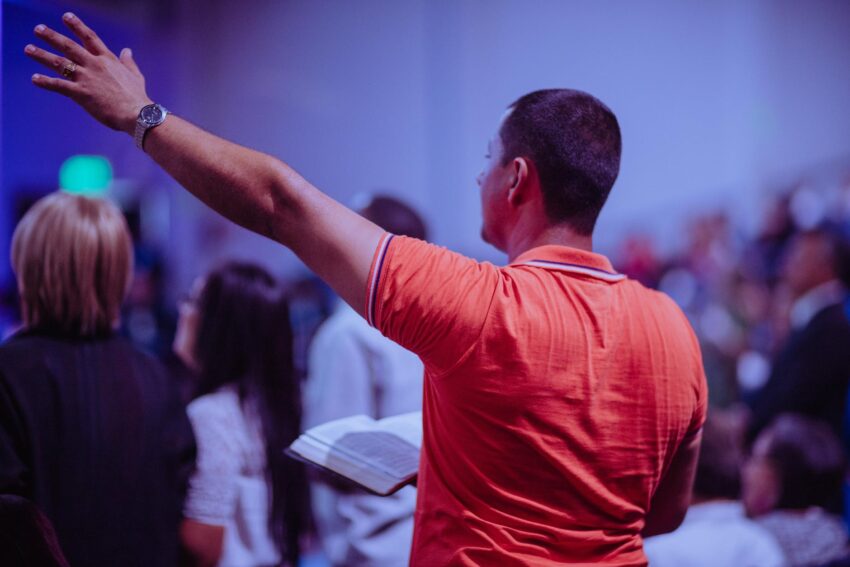In the last few decades, the spiritual use of psychedelics has gained significant attention within scientific, therapeutic, and philosophic communities. These psychotropic substances have been revered by various indigenous cultures as powerful tools transforming consciousness and fostering spiritual growth. However, the exploration of the intertwining of psychedelic experiences and spirituality in a modern, western context is a relatively recent phenomenon.
Historically, substances such as Psilocybin (magic mushrooms), Lysergic Acid Diethylamide (LSD), and Ayahuasca have been utilized in sacramental rituals to engender transcendental states of consciousness. These experiences often transgress physical and psychological boundaries, throwing open the floodgates of profound spiritual insight and personal realization.
Psychedelics facilitate these potentially enlightening experiences by interrupting the default mode network (DMN) in the brain. This disruption enables novel neural connections to form, leading to what psychologists term “ego dissolution,” an experience wherein boundaries between self and the world dissolve. The role of the DMN and the significance of its disruption in ego dissolution is well-documented in the scope of neuroscience and psychedelics. For many, this ego dissolution is a cornerstone experience in altering perspectives, fostering empathy, and promoting spiritual growth.
One of the most transformative aspects of psychedelic experiences is the potential for spiritual healing. In certain therapeutic settings, psychedelics are being utilized as tools to treat a variety of mental health conditions – including depression, post-traumatic stress disorder (PTSD), and end-of-life anxiety. The profound experiences elicited by the consumption of these substances can trigger a re-evaluation of personal values, beliefs, and emotional barriers, leading to healing and development.
For instance, the Multidisciplinary Association for Psychedelic Studies (MAPS) has conducted promising research using MDMA-assisted psychotherapy to help combat veterans, sexual assault survivors, and firefighters overcome PTSD. Participants often report a release from ingrained fear and trauma, opening the door to personal liberation and spiritual growth. Such anecdotal accounts reaffirm the growing belief in the potential of psychedelics as a catalyst for healing both the mind and the spirit.
However, the use of psychedelics as spiritual catalysts shouldn’t be undertaken lightly or without guidance. Despite their potential positives, these substances can produce challenging, even traumatic experiences if not used responsibly. Psychedelics are potent tools that can break down psychological barriers and expose repressed emotions, which, without proper context or support, can be overwhelming.
John Hopkins Center for Psychedelic and Consciousness Research has issued safety guidelines for those considering their use, underlining the importance of set (mindset), setting (environment), and guide (experienced supervision) during psychedelic experiences. Adherence to these guidelines can help ensure not only safety but also a more meaningful and beneficial experience. It underscores the gravity of these substances and the care with which they should be handled.
In conclusion, the interface between psychedelics and spiritual growth is a vast, intricate, and profoundly personal domain that continues to unfold. Backed by scientific research and bolstered by anecdotal accounts, the spiritual use of these substances seems to hold great potential, and it’s anticipated that understanding and acceptance within mainstream culture will deepen in future years. As we keep exploring these potent tools, it is crucial to remember their power, respect their limitations, and acknowledge the impact they can have on the journey of individual spiritual growth.
